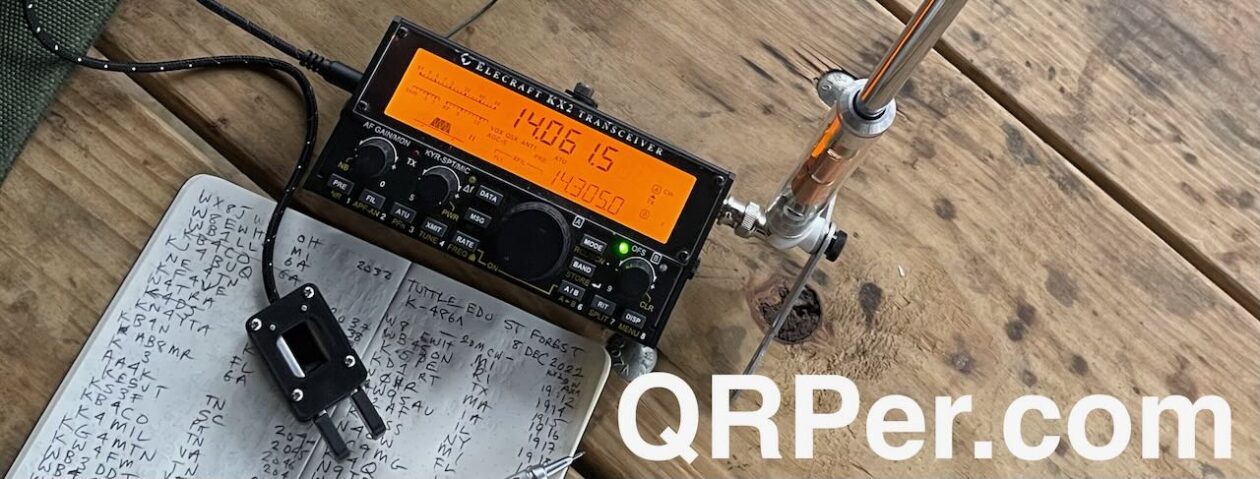 I’ve just learned that my buddy Mark (N6MTS) at Halibut Electronics has just kitted up a new batch of his CMCC Test Rigs and is now accepting orders. I know that some of the experimenters in our community might appreciate this brilliant bit of gear that Mark originally designed as a piece of test gear for his own workbench.
I’ve just learned that my buddy Mark (N6MTS) at Halibut Electronics has just kitted up a new batch of his CMCC Test Rigs and is now accepting orders. I know that some of the experimenters in our community might appreciate this brilliant bit of gear that Mark originally designed as a piece of test gear for his own workbench.
I asked Mark to shed a little light on this kit and exactly what it does:
A Common Mode Current Choke, aka a 1:1 Current Balun, is a common (pardon the pun) device in a ham shack. They can be used: at the Antenna feed point to prevent dangerous unbalanced return currents on the outside of the feedline, at the Radio’s antenna port to minimize RF noise picked up on the feedline, on DC or AC power cables and other interconnect cables to minimize RF pick-up in the shack, etc.
Most RF test equipment, such as a (Nano)VNA, measures the Differential Mode of a system, that is, the balanced currents that flow on the INSIDE of a coax cable. This is great for measuring things like: the frequency response of a filter, the complex impedance (or SWR) of an antenna, or the loss of a length of coax.
It cannot measure the Common Mode of a system, that is, the unbalanced current that flows on the OUTSIDE of a coax cable. This means it cannot (directly) measure a Common Mode Current Choke.
The Halibut Electronics Common Mode Current Choke Test Rig converts the Differential Mode signal generated by the VNA into a Common Mode signal, and places it on the outside of the shield of a coax system. This allows the VNA to directly measure how effective the choke is at choking common mode RF currents. Once you can directly measure a device, you can measure the real world effect of changes you make, and optimize the device for your specific use case. As opposed to relying on calculations and predictions of ideal conditions in free space.
The Common Mode Current Choke Test Rig is a kit that requires some assembly, using a soldering iron and Philips head screw driver.
Click here to purchase a Halibut Electronics CMCC Test Rig kit.
































